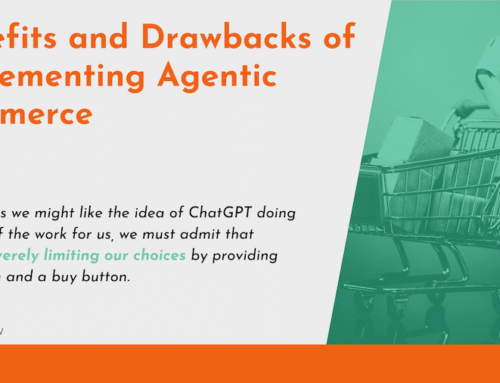We’ve talked before about how branding should come before absolutely anything else, and that includes your marketing plan. Yes, your brand should come even before you begin writing your marketing plan. Without a clear understanding of your voice and vision—of how you want the world to see your company—you’ll struggle to match your marketing plan to your brand. Here are 10 key steps you can follow when writing a marketing plan to make sure this doesn’t happen.
Know Your Audience
Before you can start a marketing plan, you must know whom you’ll be serving. Your buyer personas will dictate your processes, design, products, services, content, and communication. You must know who, what, when, why, and how they will buy. Understand this first before you even begin.
Know Your Market
Once you know your buyers, you must learn your market. This is where your buyers will be found. Is there a need for your product or service? Are there enough potential buyers to make your product or service a viable business option? Do other companies already serve your particular area?
Know Your Competitors
If other companies already service your buyers and location, you must discover all you can about the competition. What makes them successful? Will joining the competition with your products or services saturate the market, or is there enough room for you, as well? Once you understand your competitors, you must determine what makes you stand out.
Know Your Brand Value
David Ogilvy said, “You now have to decide what ‘image’ you want for your brand. Image means personality. Products, like people, have personalities, and they can make or break them in the market place.” The one thing that sets you apart from your competitors is your brand value. You must capitalize on this even before you begin writing a marketing plan so that it becomes the foundation of your company. Without your brand value, you’re just like every other company in your market.
Know Your Objectives
Your brand value will then help you determine your objectives. These are not just goals, so don’t make that mistake. These are the plans that will help you meet your goals, such as creating relationships with distributors and creating marketing and social networking that will increase brand awareness.
Match Objectives to Your Goals
Once you understand your objectives, then you can plan your goals. Your goals may be to increase brand awareness (and again, without your brand in mind, you can’t consider this a goal) or to discover new markets for your products and services. Your objectives should match these goals and help you meet them.
Build Your Strategy
With objectives and goals in place, you can begin building your strategy. In most cases, your strategy will include, yes the old but still relevant, four Ps: pricing, product, promotion, and place. With your brand values set, you can align the four Ps for greater impact. Otherwise, you’ll be twisting in the wind without any direction.
Create Your Tactics
With your strategy in place, you can create tactics for marketing. Will you go the traditional route through print, radio, and television, or will you find your buyers online? Your marketing tactics should reach those buyers wherever they are, and speak to them of your strategy. Knowing what buyers value in your products, where they’ll buy those products, and why those products are needed are all a part of creating your tactics.
Choose Your Metrics
How will you determine your Key Performance Indicators? What metrics will you measure to determine success? Will you measure by total sales? You can also choose to follow your reach, brand awareness, return on investment, length of the sales cycle, keyword performance, cost per lead, and overall growth.
You’re now prepared to write a powerful marketing plan with your brand as the backbone. Don’t be alarmed if you must make changes to fit your brand vision and values. In the end, your brand is the most important factor. The rest will come together as you find your true voice.






